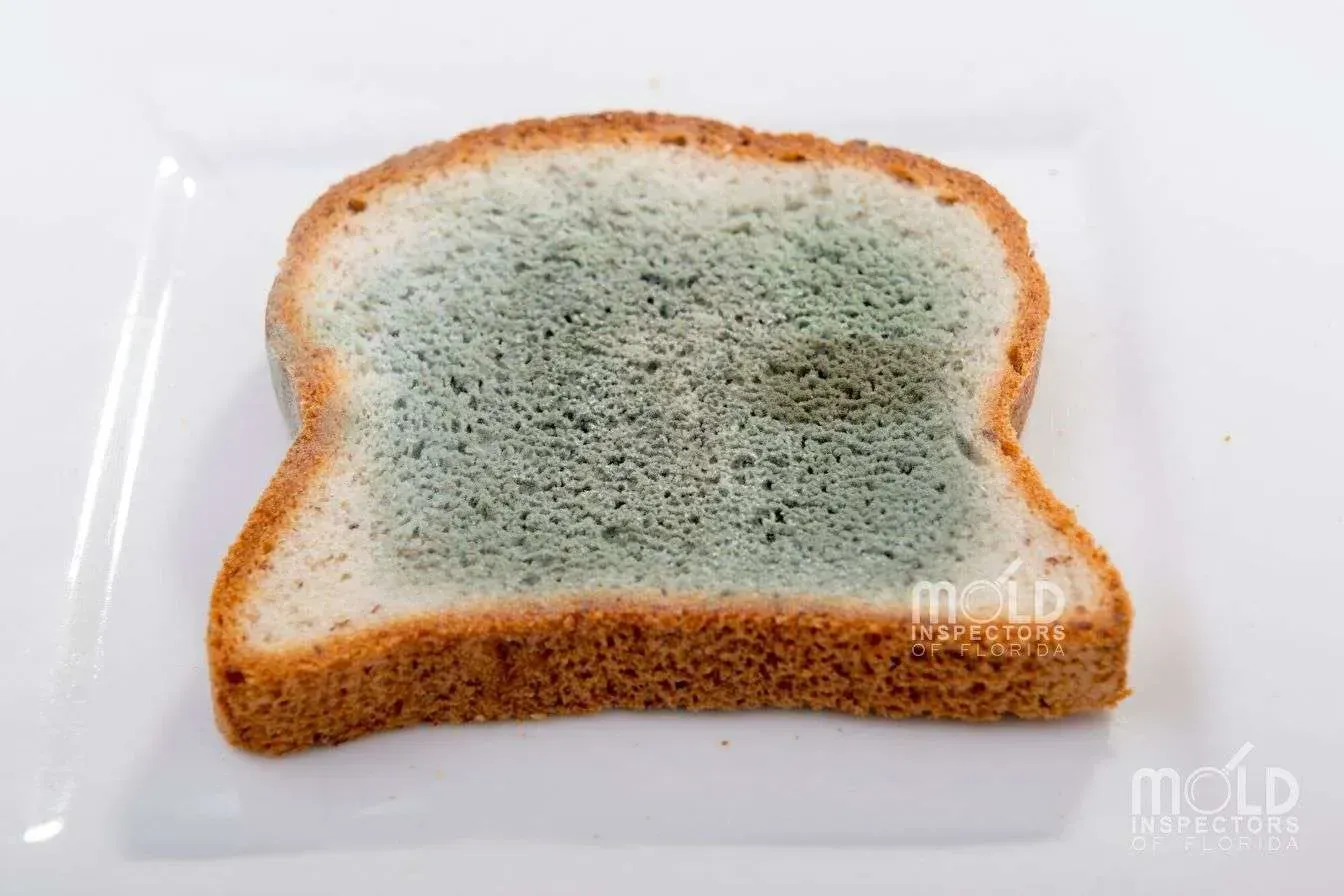Dangerous Common Household Molds

There are thousands of mold species in the fungal world. With species, sub-species, and a single fungi, it’s no wonder that the word “mold” has become a scary topic around the world. From expensive home remodels and remediations to painful illnesses, molds have become a hot topic in the homeowner circle. When a homeowner hires a mold inspector, there are endless possibilities for the findings of mold in a home and its structures. Having a basic knowledge of some of the common household mold species can give homeowners a sense of understanding they need to become proactive and preventative on household mold.
Aspergillus
Allergenic in classification, this mold also has the capability of becoming toxic depending on the species of this strain. Bringing in a professional mold inspector for analysis is the only way to accurately determine the species of molds present. While many describe this mold as long and flask-shaped spores, the colors vary by species, and this mold has more than 185 species in its genus line. There are general minor risks associated with the inhalation and exposure to Aspergillus, as it is incredibly common indoors. However, certain species can create severe allergic reactions depending on the individual’s immune response. Severe reactions can include respiratory infections and inflamed lungs. There are particular species of this genus that can produce deadly carcinogen aflatoxins, a toxic compound formed by molds that are known to cause liver damage and cancers.
Alternaria
Alternaria is a known allergenic mold with a velvety dark green or brown appearance. Some homeowners describe this appearance as green or brown hairs growing. This fungus is one of the most common forms of household mold and found in the shower, bathtub, and below household sinks. Alternaria is usually quick to resolve if detected early, but can also commonly signify water damage. Depending on the location that the homeowner finds this mold, bringing in a professional mold inspector to take a more in-depth look may be the savvy choice. Alternaria is known to worsen or mimic the symptoms of asthma and respiratory problems.
Cladosporium
Cladosporium appears in a suede-like texture as an olive-green or sometimes brown colored mold. This specific household mold is an allergenic classification that is found in both cold and warm areas of a home. Should the environment be moist from condensation, leaks, humidity, or water damage, Cladosporium can grow. Carpet and fabrics, along with wood floors and cabinetry, have all been known to fall victim to this fungus. Cladosporium is known to specifically cause attack on the human respiratory system.
Trichoderma
Trichoderma is a complicated, household mold. While this mold is classified as an allergenic, most Trichoderma molds are non-pathogenic (does not produce illnesses). However, various strains of Trichoderma are pathogenic and can produce mycotoxins, which cause sinusitis, allergic reactions, and more. This common species grows within wet fabrics such as carpet and upholstery. Trichoderma is also commonly found within moist condensation areas of the home, such as behind wallpaper, within air conditioning filters, and HVAC ducts. With five different sub-species of Trichoderma, should you suspect mold in your home, a professional inspection and analysis is required to determine the health risk to the household residents.
Ulocladium
Ulocladium typically appears black. Homeowners often find this species of mold in kitchens, basements, and near windows. The common areas Ulocladium is found are known for extreme water damage and high levels of condensation. This fungus is most common after severe water damage such as flooding or tropical storms and can appear both indoors and outdoors. Ulocladium slowly growing in the walls and floors after an event of water damage can cause severe allergenic reactions. Most commonly, Ulocladium begins mimicking the symptoms of hay fever and triggering asthmatic reactions.


